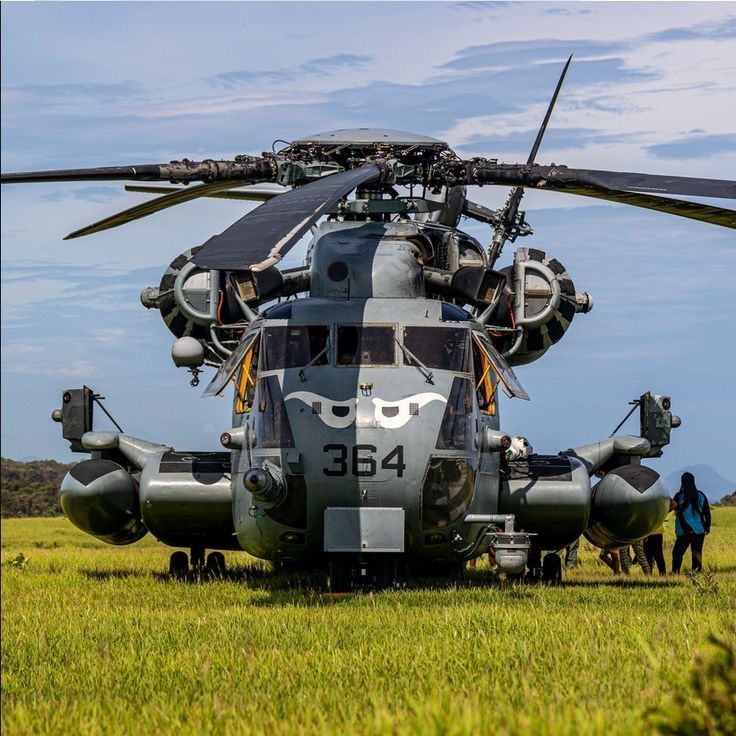
At first glance, the helicopter in the image is instantly recognizable by its rounded fuselage, large side sponsons, and distinctive five-blade main rotor. These features suggest it is a Sikorsky SH-3 Sea King, one of the most iconic helicopters of the Cold War era and a proven workhorse for both military and civilian missions. Developed by Sikorsky Aircraft in the late 1950s, the Sea King entered service with the United States Navy in 1961 and remained in active use for decades.
The SH-3 Sea King was originally designed as an anti-submarine warfare (ASW) helicopter. During the height of the Cold War, the U.S. Navy needed an aircraft that could detect, track, and engage enemy submarines that posed a threat to carrier strike groups. The Sea King met this need with advanced sonar equipment, radar, and the ability to deploy torpedoes. Its large, boat-like hull made it suitable for overwater operations, while its twin turboshaft engines gave it both reliability and range.
Beyond its primary role, the Sea King proved to be an extremely versatile platform. It was adapted for search and rescue, medical evacuation, transport, and even airborne early warning duties. One of its most famous missions was the recovery of astronauts from NASA’s Apollo program. Images of Sea Kings hoisting astronauts from the ocean after splashdown became symbolic of American space exploration in the 1960s and 1970s.
The helicopter’s design also made it suitable for heads of state. In the United States, a modified version of the Sea King was used by the Marine Corps under the call sign “Marine One” when carrying the President. Its spacious cabin, smooth ride, and ability to operate safely from a variety of locations made it ideal for this high-profile role. For many years, images of the Sea King painted in the distinctive green-and-white presidential livery were familiar symbols of American leadership.
Internationally, the Sea King saw wide adoption. Variants were built under license in the United Kingdom, Italy, and Japan, among others. Each country adapted the design to its needs, with some versions equipped for troop transport and others optimized for maritime patrol. In the Falklands War of 1982, British Sea Kings played a vital role in logistics and support, underscoring the helicopter’s adaptability in combat conditions.
Over time, more modern helicopters began to replace the SH-3. However, the Sea King’s long service life is a testament to its engineering. Even after the U.S. Navy retired the type, many remain in service with other nations. Its legacy also continues through the Sikorsky S-61, the civilian counterpart of the Sea King, which has been used for firefighting, offshore oil support, and heavy lift operations.
When one encounters an image of this helicopter, the design details tell a story of aviation history. The rounded nose, boat-like fuselage, and high-mounted tail rotor are not just aesthetic choices but the result of careful engineering tailored to demanding naval missions. The SH-3 Sea King represents a period when helicopters were becoming indispensable tools for both military and civilian operations.


